She was born October 10, 1943
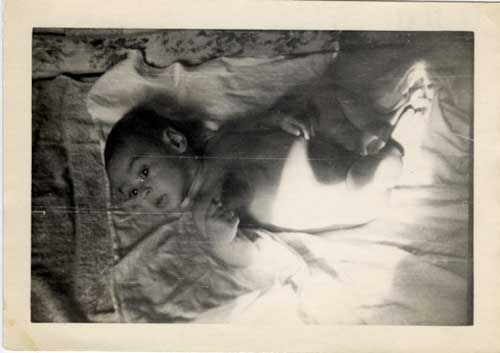
in New York City, during World War II, to two refugees in their thirties who had arrived in America barely two years before and who would not become naturalized citizens for another four years.



At first they spoke to her in Polish so that their child would speak their language. But she was the first child born to a circle of friends, all recent refugees, from all over Europe. There was, as my mother put it, a “revolution” among these friends, who protested that they wanted to be able to communicate to this first child. So they spoke to her in French, which they spoke well though with a marked Eastern European accent . I assume that at that time in 1943, 1944, their English was not very good. Her first words were in French: she asked our friend Nadia Temerson, who, while feeding her, was taking little bites of food to encourage her to eat, “c’est bon, Nadia?”
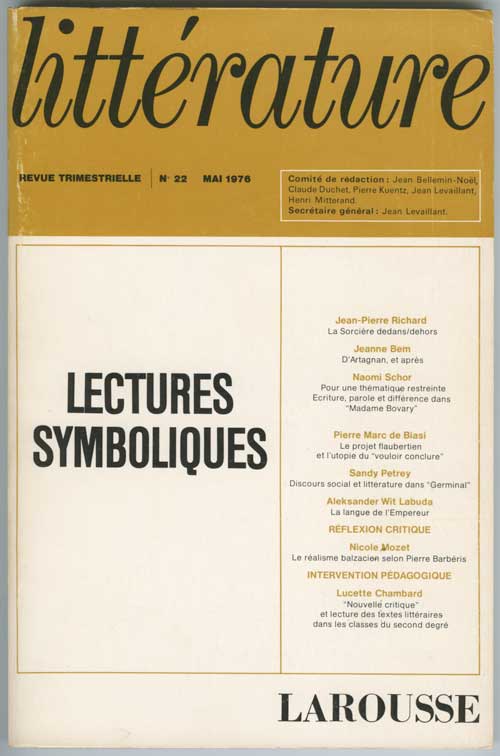
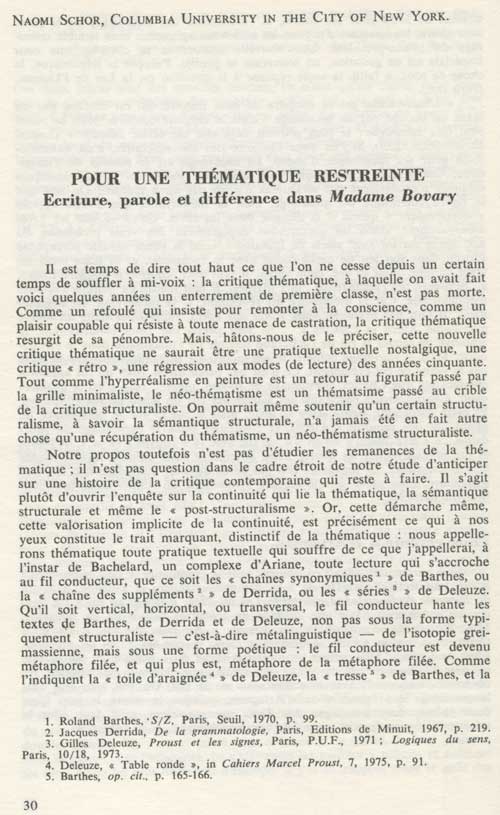
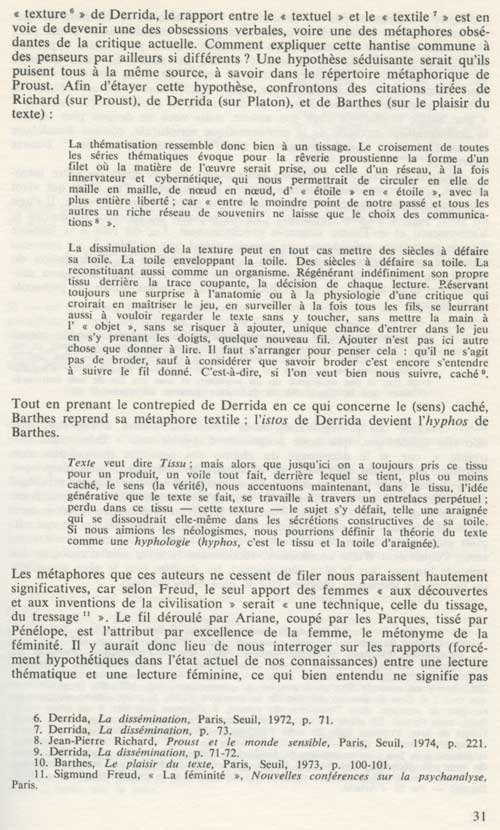

Naomi Schor boarding the SS.United States to begin her first Fulbright Scholarship year in Paris, October 8, 1965.

Naomi Schor, (center, with her foot tipped up) boarding the SS.United States, July 5, 1967, I think returning from her second Fulbright year in France.
*
Here are some of her many books and articles that are of continued interest, both for her original theoretical insights, her perceptive and nuanced writing style, and also, as traces of the theoretical and linguistics styles that mark developments not just in her work but in the fields within which she worked, from French Literature to Feminist Theory to Gender Politics to Aesthetics.
*
Zola, Yale French Studies, Number 42, 1969, Special Editor, Naomi Schor. This was her first major achievement, emerging from her work on her PhD dissertation and her first book, Zola’s Crowds. She kept a framed copy of this cover near her desk in every study she had.
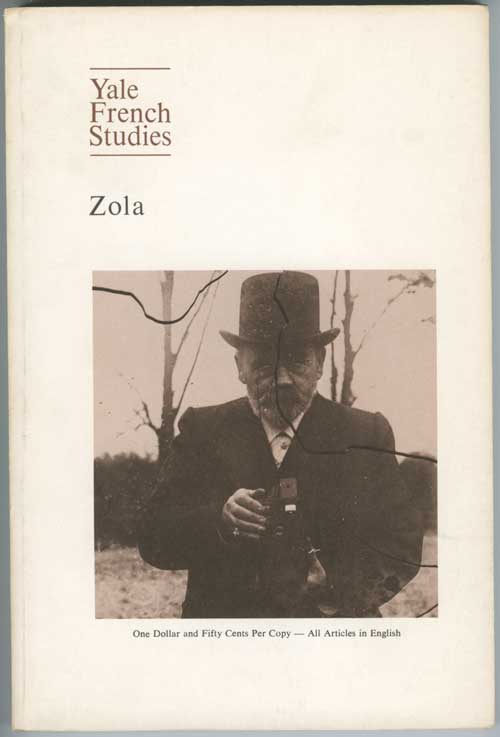
*
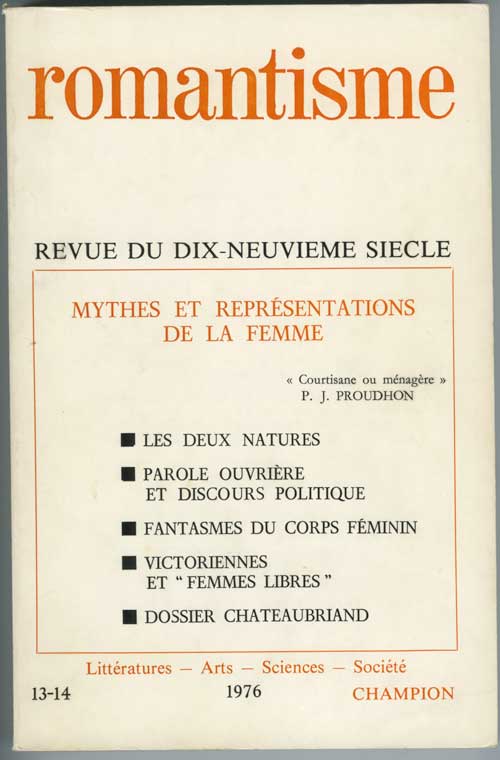
*
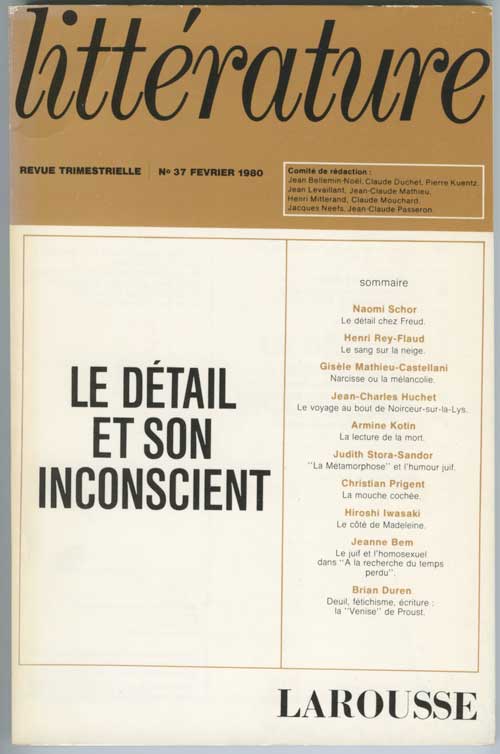
*
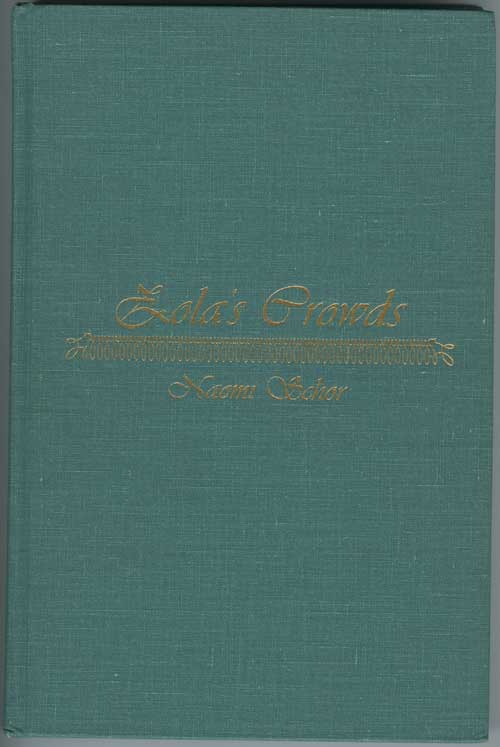
Naomi Schor, Zola’s Crowds, The Johns H0pkins University Press, 1978
*
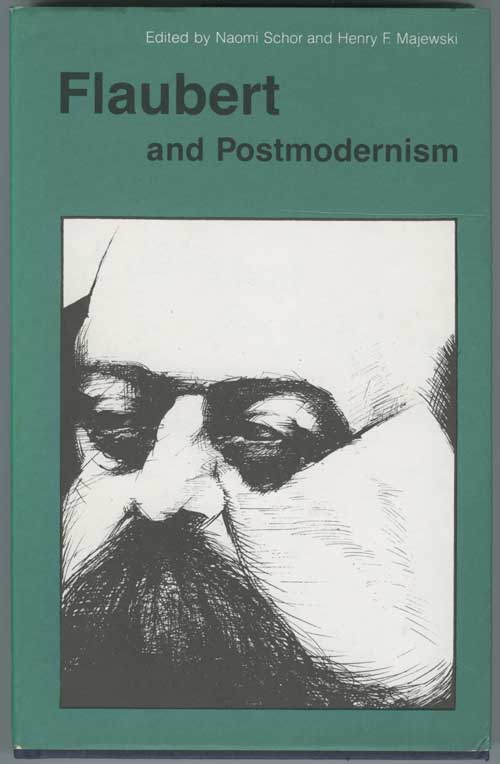
*
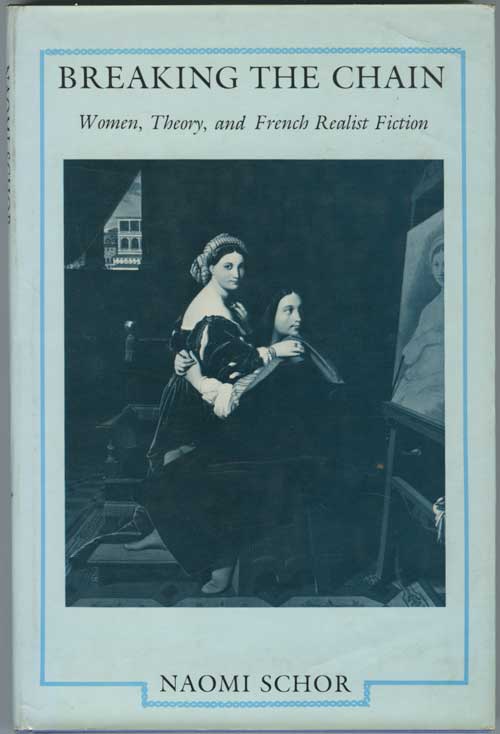
Naomi Schor, Breaking the Chain: Women, Theory, and French Realist Fiction, Columbia University Press, 1985
*
Her most important and frequently referenced book:
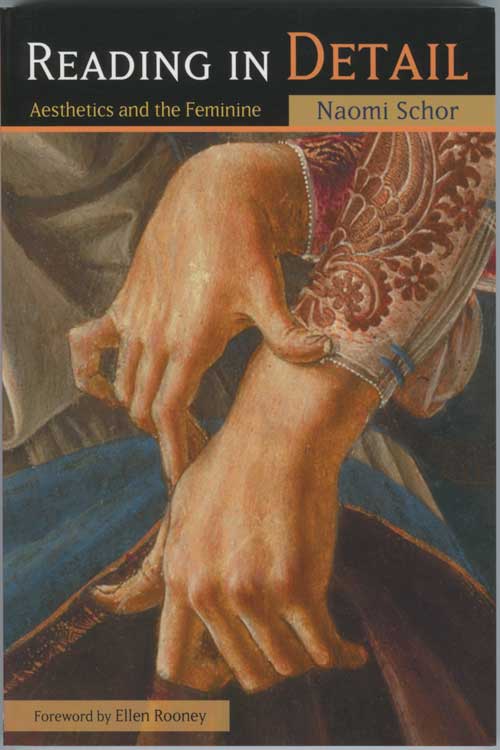
Naomi Schor, Reading in Detail: Aesthetics and the Feminine, first published by Methuen Press, 1987, reissued by Routledge, 2007, with a new foreword by Ellen Rooney.
*
She was the founding co-editor, with Elizabeth Weed, of differences: A Journal of Feminist Cultural Studies. Original cover design by Sheila Levrant de Bretteville. It is currently published through Duke University Press.

differences books:

Engaging with Irigaray, 1994, including Naomi Schor, “This Essentialism Which Is Not One: Coming to Grips with Irigaray.”

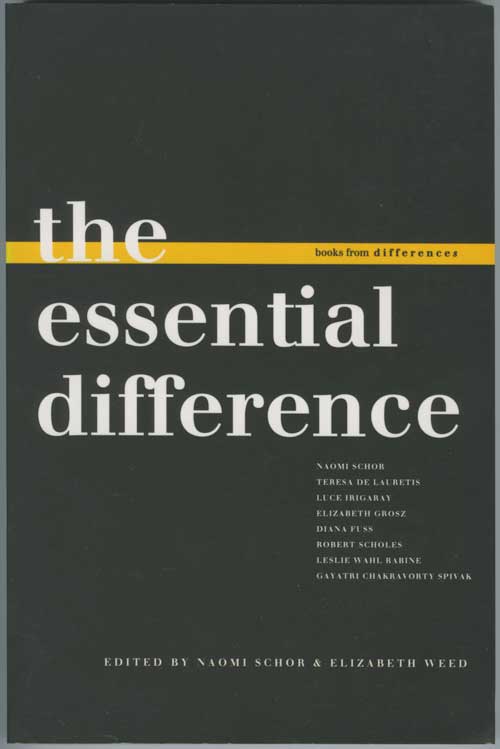

The essential difference, ed. Naomi Schor and Elizabeth Weed, 1994.

Feminism meets queer theory, ed. Naomi Schor and Elizabeth Weed, 1997.
*


Naomi Schor, George Sand & Idealism, Columbia University Press, 1993.
*
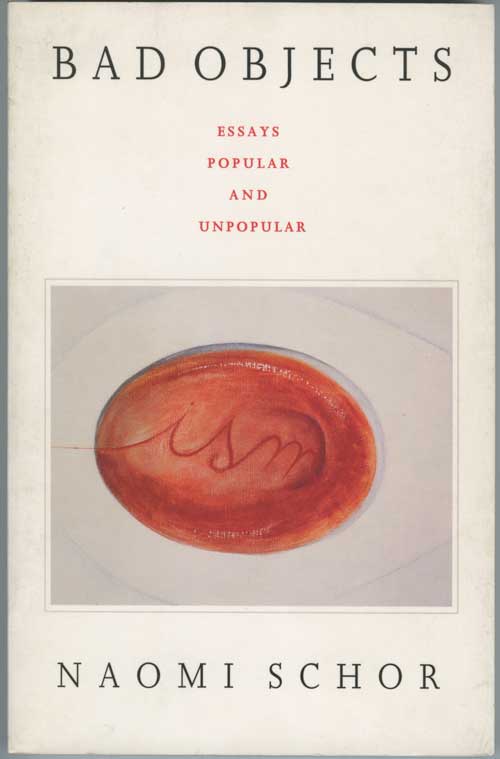
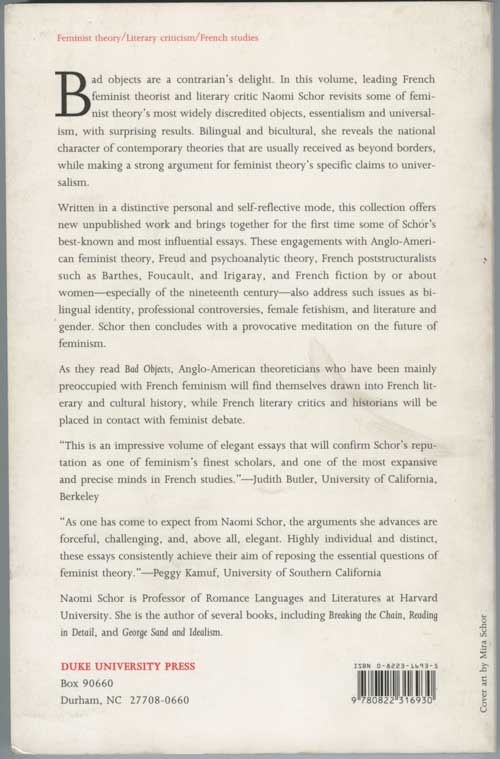
Naomi Schor, Bad Objects: Essays Popular and Unpopular, Duke University Press, 1995, with cover art by Mira Schor.
*

Naomi Schor, One Hundred Years of Melancholy, The Zaharoff Lecture for 1996, Oxford University.
*

*
These books are Naomi Schor at seventy. She was not given that span of life. She died at age 58, December 2, 2001.

This is a family tree my sister made with the help of my mother. I have not amended it.
*
She often closed her eyes as she spoke, a curious habit that gave emphasis to what she was saying as it seemed to come from deep within her thought and enhanced her powerful and mysterious presence.

*
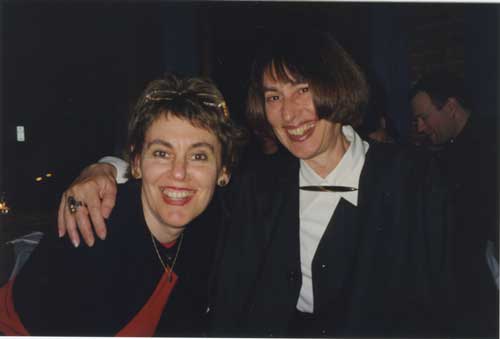
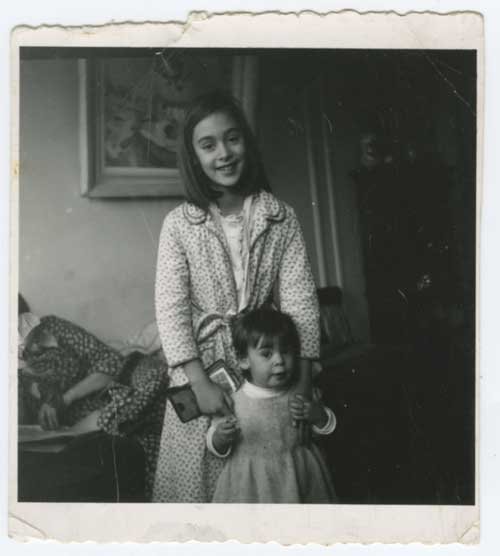

Naomi Schor’s archives are the cornerstone of the Pembroke Center’s Feminist Theory Papers collection held at the John Hay Library at Brown University
